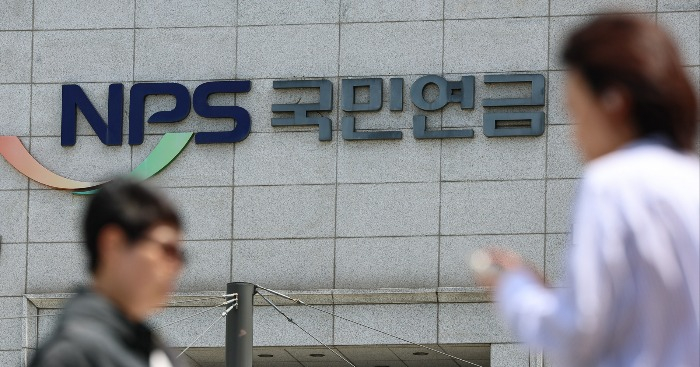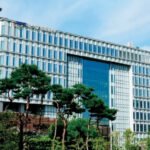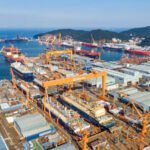
South Korea’s National Pension Service (NPS), the country’s largest institutional investor, is set to overhaul its investment strategy with a focus on increasing exposure to higher-risk assets to enhance returns, about a month after a revision to the national pension scheme passed by the National Assembly.
According to sources in the investment banking industry on Friday, NPS Investment Management, the investment arm of the NPS, will hold a closed-door workshop later this month to discuss strategic reforms, including a reallocation of assets within its investment portfolio.
This will be the first such workshop since Korea’s parliament passed the pension reform bill in late March, raising expectations that changes to the fund’s investment strategy will soon pick up speed.
A NPS official noted that more internal seminars and strategy sessions are planned and that the fund will bring in an external consulting firm to support the reform process.
RISING CONTRIBUTIONS, RISING RISK APPETITE
As part of its reform, the NPS is expected to focus on a hike in investment in risk assets to maximize returns as the fund size is projected to grow thanks to increased subscribers’ contributions.

Under the revised National Pension Act, the pension subscribers’ contribution rate will increase from the current 9% to 13% by 2033 in phases – a hike of 0.5 percentage point each year through 2033.
The pensioners’ income replacement rate will also rise from 40% to 43%, improving retirement benefits. Without these changes, the rate was projected to gradually decline to 40% by 2028 from an estimated 41.5% this year.
As a result of the increased inflows, the depletion of the pension fund is now expected to be delayed by seven to ten years compared to the previous plan.
Under the new plan, the fund is estimated to peak at 3,500 trillion won ($2.4 trillion) by around 2055, significantly higher than the previous forecast of the fund’s peak at 1,777 trillion won by 2040 or 2041. Its projected lifespan is expected to be extended from 2056 to 2064.
With a larger pool of fund, the NPS, the currently world’s third-largest pension fund, is expected to increase investments in overseas and alternative assets, aiming to generate higher returns and reduce its reliance on domestic equities.
In recent years, NPS Investment Management has steadily cut its exposure to Korean stocks.
STRATEGIC SHIFT TOWARD LONG-TERM, RISKIER INVESTMENT

The delayed depletion of the fund will give the NPS more flexibility to pursue long-term investments, allowing it to increase investments in risk assets for higher returns.
As part of the shift, the investment arm has introduced a new benchmark portfolio framework, or a reference portfolio, that permits greater flexibility in investments in risk assets, regardless of asset class, as long as new assets for purchase meet the preset requirements, such as the 65% ceiling for risk asset investments.
This will enable a steady increase in investments in overseas equities and alternative assets.
Following a rise in the contribution rate, the ceiling for risk asset investments also could be raised to as high as 75%, according to the IB industry.
Industry observers expect that the upcoming workshop will result in updates to both the reference and total portfolio strategies.
In addition to changes in asset allocation, the NPS is pushing for structural reforms to enhance the independence and efficiency of its investment arm.
There are calls to bring in more professional members to the National Pension Fund Management Committee (FMC), which is responsible for asset allocation. At present, the FMC is chaired by the Minister of Health and Welfare and largely consists of non-experts.
Some industry experts are even proposing that NPS Investment Management be spun off into a state-run but independently operated entity, similar to the Canada Pension Plan Investment Board (CPPIB), to bolster professional oversight and global competitiveness.
By Gyeong-Jin Min
min@hankyung.com
Sookyung Seo edited this article.













